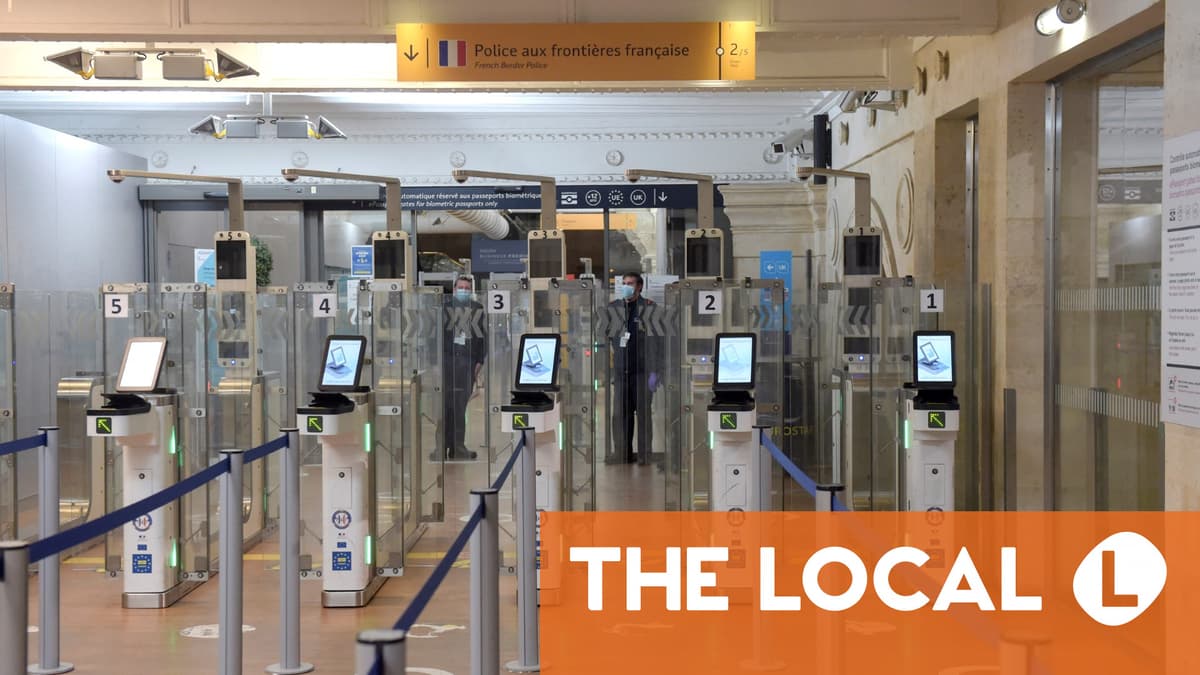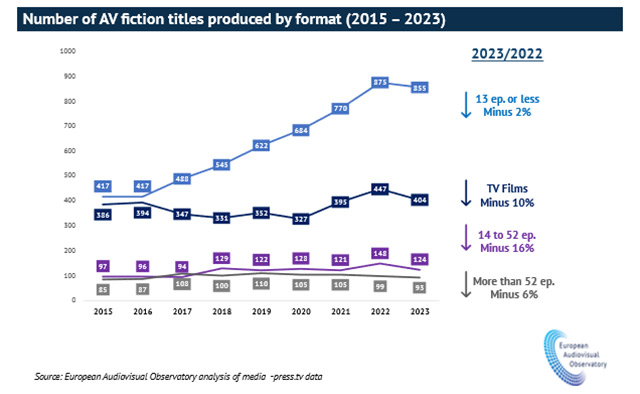The new Entry/Exit System (EES) will digitally register the data of non-EU citizens every time they enter and exit the external Schengen borders and will replace the physical stamping of passports at passport control.
Around six months later, in 2025, the European Travel Information and Authorisation System (ETIAS) will also go live, the Commissioner said. The ETIAS will require visitors from visa-free countries to apply for an authorisation before travelling to Schengen countries and pay a seven-euro fee.
“Different steps are legally required before the Commission could take the formal decision, but I am proud to reveal today that the 10th of November is the target day,” the Commissioner said, mentioning “intense dialogues” with “different stakeholders”.
The announcement was made during Ms Johansson’s visit to the eu-LISA (the EU Agency for the Operational Management of Large-Scale IT Systems in the Area of Freedom, Security and Justice, in Tallin, Estonia), which is in charge of the IT infrastructure behind the schemes.
READ ALSO: Explained: What is EES and how will it affect travel
“The moment is finally there. There may have been times you believed it will never happen,” Commissioner Johansson told eu-LISA staff. “But it’s going to happen. Everything is coming together. We’re in the final testing phase… There is a real momentum now. Carriers, operators, train stations, airports, everyone is getting ready for the big day.”
Last year more than 700 million tourists travelled to Europe “and 450 million Europeans will sleep safer” thanks to the systems, Johansson said.
Advertisement
“With the Entry/Exit System we will know exactly who enters the Schengen area with a foreign passport. We will know if people stay too long, countering irregular migration. And the Entry/Exit System will make it harder for criminals, terrorists or Russian spies to use fake passports thanks to biometric identification, photos and fingerprints.”
The Commission said the EES will be “the most advanced border management system in the world” linking up all existing national and European systems.
The launch date was chosen to avoid periods of peak traffic and France had requested to avoid the time around the Paris Olympics.
The date was finally announced after a series of delays, partly due to IT issues and to concerns about the necessary preparations by border guards and travel operators.
Travel bosses had repeatedly warned about the possible delays the system could cause, especially at the UK-France border, which is used by 11 million passengers each year.
Advertisement
What are the EES and ETIAS?
The EU Entry/Exit System (EES) will digitally register travellers from non-EU countries each time they cross the external borders of 29 European states for a short stay, ensuring they do not remain in the Schengen area for more than 90 days limit in any 180-day period.
It will replace the manual stamping of passports. Instead, travellers will have to scan passports at self-service kiosks before crossing the border. However, fingerprints and photos will have to be registered in front of a guard at the first crossing.
Many people will be exempt from the system, including citizens of Andorra, Monaco and San Marino and holders of a passport issued by the Vatican or the Holy See, and non-EU nationals who hold residence permits and long-stay visas.
READ ALSO: In detail: Who is exempt from Europe’s EES passport checks?
Meanwhile, the ETIAS will bring a new travel requirement for visa-free visitors travelling for a short stay to the Schengen area.
“The purpose of ETIAS is to pre-assess applicants and identify any potential security, immigration or health risk before travellers begin their journey,” the Commission said.
The electronic authorisation will cost seven euros, but the ETIAS will be free for applicants who are under 18 or above 70 years of age, or family members of EU citizens or of nationals of Iceland, Liechtenstein, Norway or Switzerland.
EU citizens and residents will be exempt from both systems.
EU border agency Frontex warned travellers to be careful about whom they give their personal data to to apply for the ETIAS, if they choose not to do it directly, as there are several unofficial websites offering help with the authorisation.
The ETIAS regulation allows commercial intermediaries to apply for the travel authorisation on behalf of clients. “However, as the application process will require travellers to submit details of their passport details, credit card number and other personal data, it is important to ensure that such sensitive information is not misused,” Frontex said last year. Intermediaries will also apply additional charges.
Travellers will be able to submit the ETIAS applications exclusively through the official website europa.eu/etias.
The Commission has also launched an official website providing information on the EES and ETIAS.











